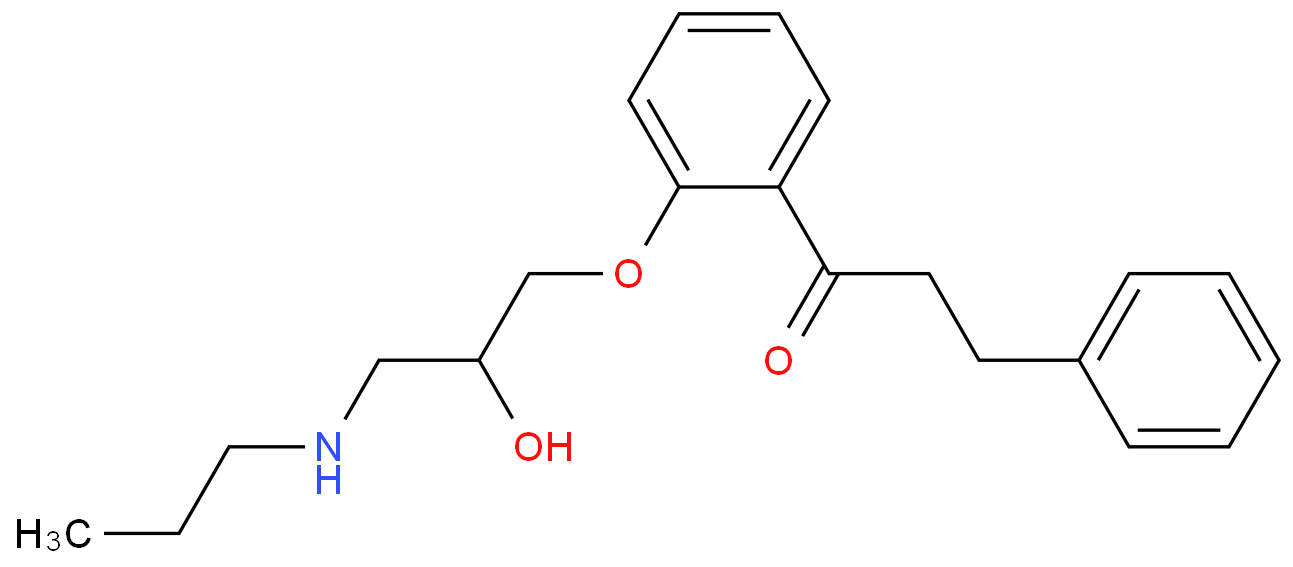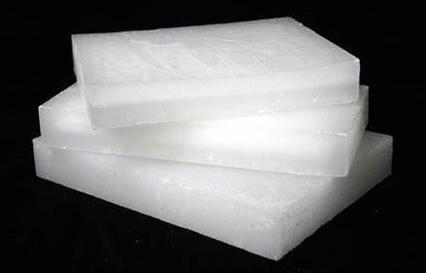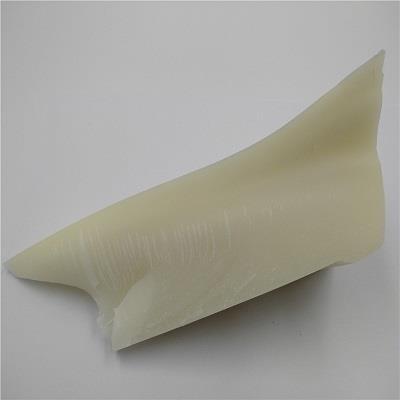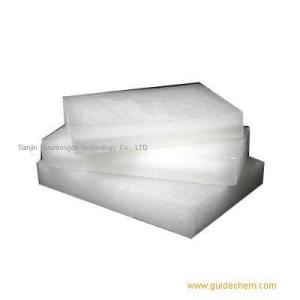Propafenone, with the chemical formula C21H27NO3 and CAS registry number 8002-74-2, is a compound known for its applications in the treatment of cardiac arrhythmias. This white crystalline powder, also referred to as Rhythmol, is characterized by its antiarrhythmic properties. It works by blocking certain electrical signals in the heart, helping to restore a normal heart rhythm. Propafenone is commonly used in the management of atrial fibrillation and ventricular arrhythmias. It is available in various formulations, including tablets and extended-release capsules. As with any medication, it is important to follow the prescribed dosage and consult a healthcare professional for personalized advice. Propafenone may cause side effects such as dizziness, nausea, and changes in heart rate. It is contraindicated in individuals with certain heart conditions and should be used with caution in patients with liver or kidney impairment. Overall, Propafenone plays a crucial role in the management of cardiac arrhythmias, helping to improve the quality of life for individuals with these conditions.
View more+
1. Names and Identifiers
2. Properties
3. Use and Manufacturing
4. MSDS
7. Related Questions
8. Realated Product Infomation

 EN
EN







